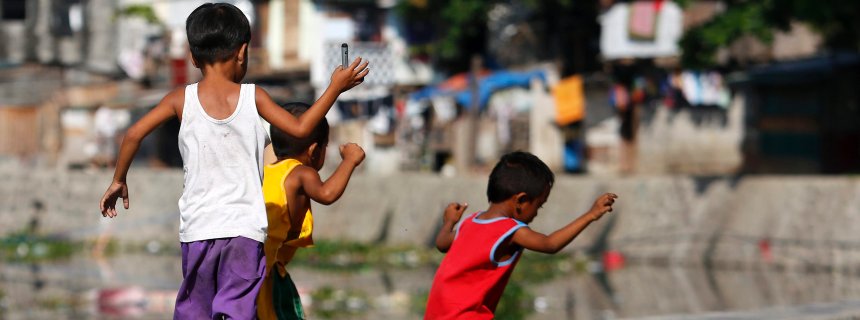 Unicef hat stärkere Anstrengungen gefordert, den ärmsten Kindern auf der Welt besser zu helfen – besonders südlich der Sahara und in Südasien. Andernfalls drohten in den nächsten 15 Jahre dramatische Folgen.
Unicef hat stärkere Anstrengungen gefordert, den ärmsten Kindern auf der Welt besser zu helfen – besonders südlich der Sahara und in Südasien. Andernfalls drohten in den nächsten 15 Jahre dramatische Folgen.
69 Millionen Kinder unter fünf Jahren könnten nach Schätzungen des Kinderhilfswerks der Vereinten Nationen (Unicef) bis zum Jahr 2030 an weitgehend vermeidbaren Ursachen sterben. 167 Millionen Kinder drohe bis dahin zudem ein Leben in Armut und 750 Millionen Mädchen eine Zwangsheirat, warnt Unicef in seinem Jahresbericht.
Der Bericht ist besonders für das Gebiet südlich der Sahara erschütternd, wo bis 2030 schätzungsweise neun von zehn Kindern in extremer Armut leben könnten. Dort könnten dann auch die Hälfte aller Kinder weltweit leben, die keinen Zugang zu Grundschulunterricht haben. Weltweit besuchen rund 124 Millionen Kinder keine Schulen der Primar- und unteren Sekundarstufe.
“Wir haben eine Wahl: Jetzt in die Zukunft dieser Kinder zu investieren oder zuzulassen, dass die Welt noch ungleicher und gespalten wird”, sagte Unicef-Direktor Anthony Lake.
The photoPilipino children are seen playing at a shantytown in Paranaque city, south of Manila, Philippines, 17 June 2016. According to the World Bank’d latest study, higher investments in skills and education, and flexible labor rules can help reduce poverty among workers in the Philippines. The report said that in the last decade, the Philippine economy has been growing at an average of 5.3 percent, while the working population and jobs have been growing at an average of 1.8 percent and 1.9 percent, respectively. Labor productivity has also been growing at 3.4 percent a year. However, the growth of real wages or wages adjusted for changes in prices of goods and services has yet to catch up with the rising productivity. As a result, many workers remain poor.
Mehr dazu hier.
